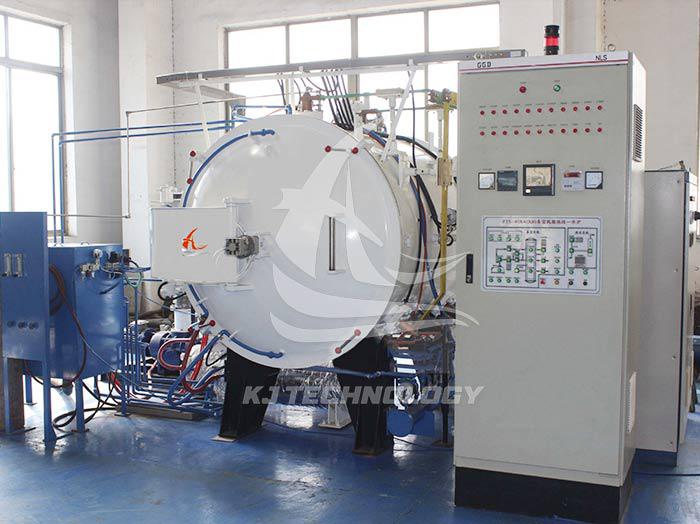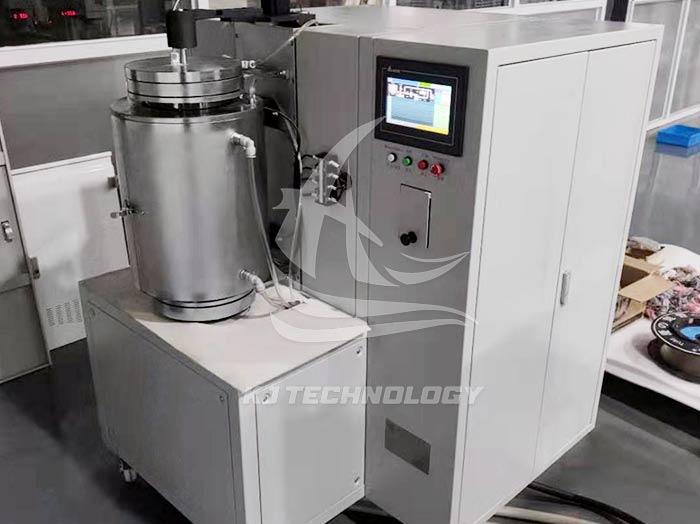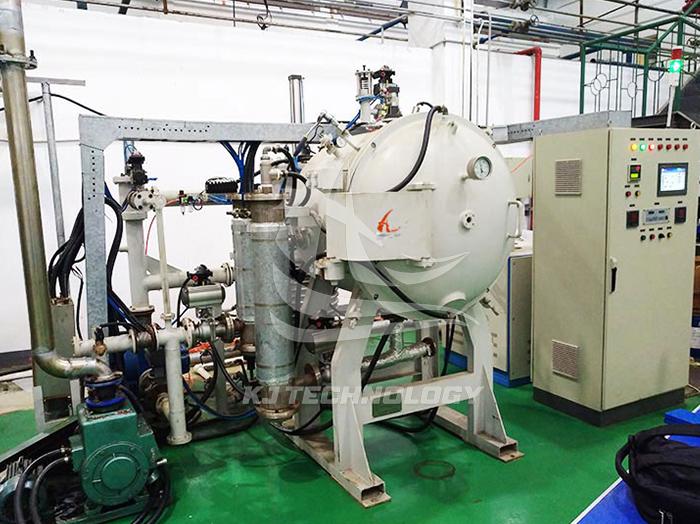Application of High True Air Quenching Furnace in Automotive Manufacturing Industry
 11-18-2025 Author: KJ technology
11-18-2025 Author: KJ technology
High fidelity air quenching furnaces are widely used in the automotive manufacturing industry, especially in key areas such as precision gears, transmission shafts, engine components, and safety system components. With their advantages of non oxidation, micro deformation, environmental protection, energy saving, and flexible processes, they have become the core equipment for improving the performance and quality of automotive components. The following analysis will be conducted from three aspects: specific application scenarios, technological advantages, and typical cases:
1. Core application scenarios
Gearbox gears and shafts
Pain points of demand: Transmission gears require high surface hardness (HRC ≥ 58) for wear resistance, and the core maintains toughness for impact resistance. Traditional oil quenching can easily lead to internal oxidation and deformation, affecting transmission accuracy and lifespan.
Solution: Adopt vacuum low-pressure carburizing (LPC) combined with high-pressure gas quenching technology.
Low pressure carburizing: carried out in a high vacuum environment (≤ 10 ⁻ ³ Pa), avoiding oxygen from participating in the reaction, reducing the uniformity error of the infiltration layer, and eliminating internal oxidation defects.
High pressure gas quenching: rapidly cooled with 10-15 bar high-pressure nitrogen or helium gas at a cooling rate of 50-100 ° C/s, significantly reducing gear deformation, reducing subsequent grinding processing, and improving production efficiency.
Typical case: A French company used a dual chamber high-pressure gas quenching furnace to treat the gear sleeve of a car transmission synchronizer, resulting in a decrease in the average value of tooth distortion and an increase in the pass rate.
Key components of the engine
Pain points of demand: Turbocharger rotors, valves, camshafts, etc. need to withstand high temperature, high pressure, and high-speed rotation. The materials are mostly nickel based high-temperature alloys or titanium alloys, and traditional heat treatment can easily lead to coarse grains or surface oxidation.
Solution: The vacuum high-pressure gas quenching furnace provides high vacuum (≤ 10 ⁻ ³ Pa) and precise temperature control (± 3 ° C), combined with graded quenching process.
Graded quenching: Suspend cooling near the Ms point (the temperature at which martensitic transformation begins) (e.g. isothermal at 300 ° C for 1 hour) to reduce the temperature difference between the surface and the core, reduce thermal stress distortion, and avoid the risk of cracking.
Material performance improvement: After treatment, the endurance strength of nickel based alloys is increased by 20%, and the fatigue life of titanium alloys is extended by 1.5 times.
Typical case: Single crystal blades of aircraft engines are treated with "solid solution+aging" to maintain small and uniform grain size at a high temperature of 1400 ° C, and their creep resistance meets aviation standards.
Security system components
Pain points of demand: Safety airbag generators, ABS solenoid valve cores, etc. require 100% reliability, and materials are mostly high-strength steel or stainless steel. Traditional heat treatment is prone to functional failure due to internal defects.
Solution: Vacuum environment degassing can remove small pores inside the workpiece, improve material density, and combine high-pressure gas quenching for uniform cooling to ensure tissue stability.
Typical case: 316L stainless steel artificial joint has better corrosion resistance and significantly better biocompatibility than oil quenching process after non oxidation quenching.
2. Analysis of Technical Advantages
No oxidation decarburization, excellent surface quality
The high vacuum environment (≤ 10 ⁻ ³ Pa) completely isolates oxygen, avoiding the formation of oxide scale on the surface of the workpiece, maintaining a smoothness of Ra<0.4 μ m, eliminating subsequent pickling or sandblasting processes, and reducing processing costs.
Micro scale deformation control ensures accuracy
The uniform cooling characteristics make the thermal stress distribution of the workpiece balanced, and the deformation of thin-walled parts (such as gear rings) is only one-third of that of salt bath quenching, meeting the requirements of high-precision transmission.
Environmentally friendly and energy-saving, in line with the trend of green manufacturing
Abandon the use of quenching oil, eliminate oil fume pollution and waste liquid discharge, and cooperate with gas recovery systems to reduce operating costs.
Flexible craftsmanship and adaptability to diverse materials
By adjusting the type of gas (N ₂ Ar、He)、 Pressure and flow can handle materials such as structural steel, mold steel, high-speed steel, titanium alloy, etc., meeting the full range of needs from ordinary parts to high-end components.
3. Industry application trends
Intelligent upgrade: Integrated cooling simulation software optimizes air pressure and flow parameters through AI algorithms, achieving "one click" precision quenching, reducing manual intervention, and improving process stability.
Modular design: Develop single room, double room, three room, and multi room combination production lines to adapt to different batch production needs (such as small batch and multi variety mold steel processing and large-scale automotive gear production).








